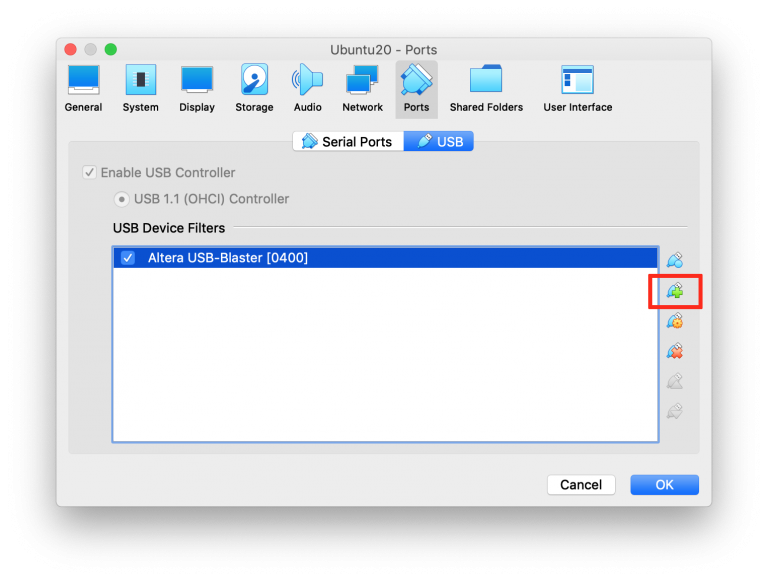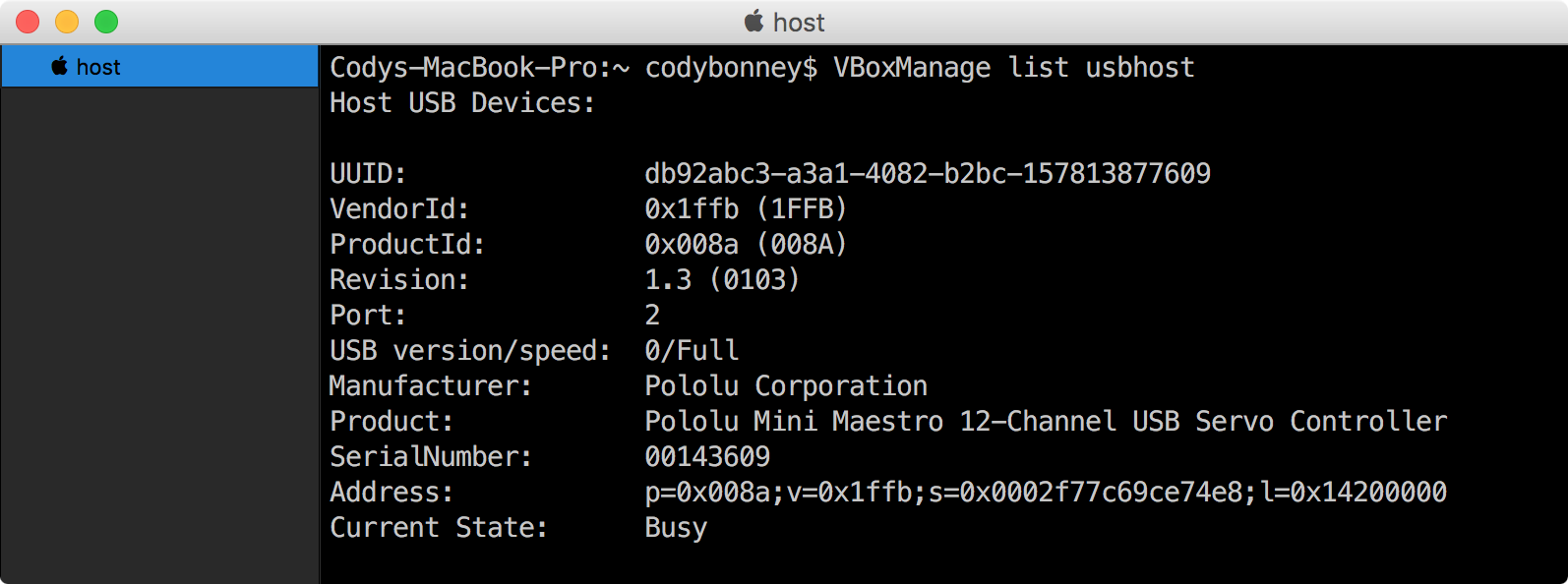


If you log out or the machine goes to sleep, the password to log back in is “bcadmin”. The BitCurator virtual machine should log in automatically. If you’re still having a problem, let us know on the BitCurator users group (linked on our wiki at ). Try powering off the virtual machine, checking your settings, and starting again. If BitCurator fails to boot for other reasons, it may be due to a “non-optimal setting” detected for your particular hardware. Once you’re in the BIOS, locate the correct menu entry and enable the “Intel Virtualization Extensions”. You’ll need to reboot your computer, holding down “Del” (or “Esc”, or the “ThinkPad” button, depending on your machine). If you see an error message mentioning virtualization extensions, or “Intel VT-x”, your host machine’s BIOS does not have the VT-x extensions enabled.

If you encounter a menu screen on boot, simply hit the Return key to continue.

Once you’ve unpacked the archive, you’ll find a directory containing two files (where X.X.X is your downloaded version): This will extract a directory containing the BitCurator virtual machine disk image (.vbox) and configuration (.vdi) files. tar file and select “Extract here…” again. tar.gz file and select “Extract here…” to extract the. When using 7-zip, you’ll need to unpack the. On a Windows machine, you may need a 3 rd party utility such as 7-zip: zip.org/download.html On a Mac (OS X 10.10 or later) or Linux host machine, you can simply double-click on the file to unpack the contents. The file will look something like: “BitCurator-X.X.X.tar.gz” The BitCurator Virtual Machine is packaged as a tar archive and compressed with gzip. Once you’ve installed VirtualBox, use the link below the main download on VirtualBox download site to install the Extension Pack on your host. The VirtualBox Extension Pack must be installed on the host for shared folder support, USB 2.0/3.0 support, and support for some NVMe SSDs.


 0 kommentar(er)
0 kommentar(er)
